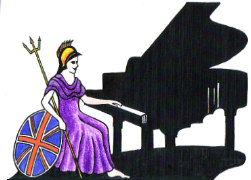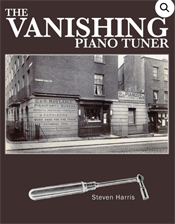North London Piano Moving is a piano removal company based in North London. We move acoustic pianos across London and the borough of Camden including:
Belsize Park, Bloomsbury, Camden Town, Chalk Farm, Covent Garden, Fitzrovia, Fortune Green, Frognal, Gospel Oak, Hampstead, Haverstock, Highgate, Holborn, Kentish Town, Kings Cross, Primrose Hill, St.Giles, St.Pancras, Somers Town, South Hampstead, Swiss Cottage, Tufnell Park, West end of London, West Hampstead.
We can move, dismantle, dispose, and store all brands and models of upright and grand pianos.
Should you wish to get a quote please send us an email including the pick-up address, delivery address, if there are any access issues, if there are stairs and/or steps, if there are any small entrances, low ceilings or anything else you feel we need to know.
Belsize Park
Bloomsbury
Camden Town
Chalk Farm
Covent Garden
Fitzrovia
Fortune Green
Frognal,
Gospel Oak
Hampstead
Haverstock
Highgate
Holborn
Kentish Town
Kings Cross
Primrose Hill
St. Giles
St. Pancras
Somers Town
South Hampstead
Swiss Cottage
Tufnell Park
West end of London
West Hampstead.



